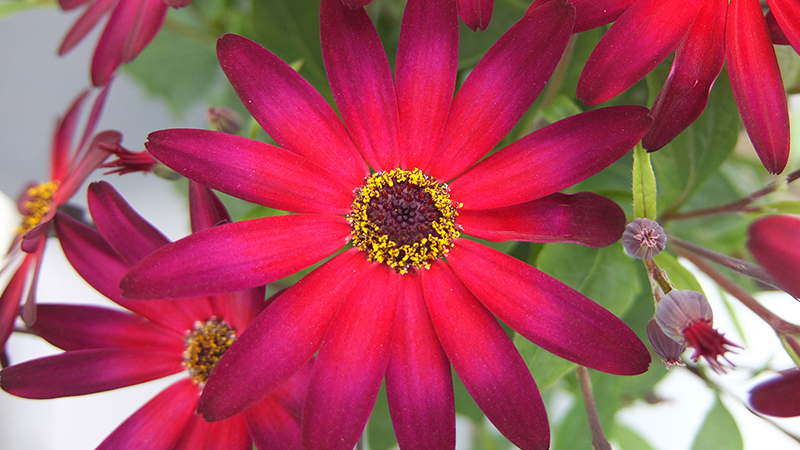The Liquid Crystaled Greenhouse
The Cleveland Botanical Garden has teamed with Kent State University’s Liquid Crystal Institute in an attempt to examine how greenhouse plants grow under sunlight that passes through liquid crystal windows.
The idea, highlighted in a recent edition of the (Cleveland) Plain Dealer, spawned from the botanical garden’s desire to reduce the cost of energy. If results of the experiment are positive enough, a second experiment will be conducted to determine whether ultraviolet and infrared waves can be modified enough to, perhaps, shorten the time it takes plants to grow.
And that’s where cost-saving enters play. If liquid crystals prove more beneficial in growing plants, greenhouse owners can use them instead of shade cloths to control the amount of sunlight entering their structures.
Liquid crystals aren’t common in greenhouse coverings. They’re usually found in television screens and wristwatches, but that didn’t stop Cleveland Botanical Garden from pursuing this experiment and considering construction of two 8-by-10 foot greenhouses for it. One greenhouse will be covered with traditional glass as a control experiment while the other wedges a layer of liquid crystals between the panes of each window.
Then, mild charges will pass through the liquid crystals, allowing light to reflect through windows without being deflected. Computers might also play a role, because as sunlight reaches a certain level, electrical charges can be turned on or off to create the ideal environment for plant growth.










